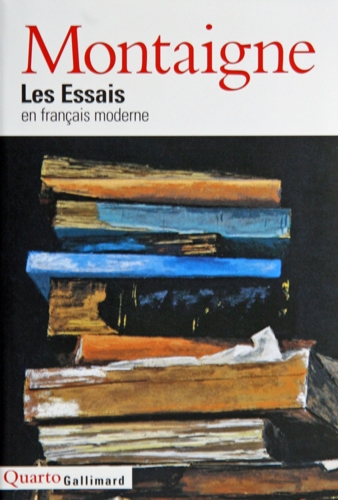Happy non-smoking Year!
Monday, December 31, 2007 by Billy
| Stoeker/Bergami — Untitled |
About 3 million people die every year in the world because they smoke. In France, tobacco kills about 60,000 people each year, of which about 10 percent are non-smokers who died from passive smoking.
Sixteen years ago, French Minister of Health Claude Évin enacted a law forbidding people to smoke in the metro and trains, and requiring no-smoking areas in restaurants and cafés.
It was commonly ignored by owners of restaurants and cafés though, essentially because separating smoking from non-smoking areas was difficult in small premises.
Starting in February 2007, and after several European countries, another French law barred smoking in public places such as government offices, schools, hospitals, and the like. Simultaneously, Dominique de Villepin, the French Prime Minister at the time, decided the State would take charge of one-third of the costs of anti-smoking treatments, such as patches. “That would represent the first month of treatment” he said. And probably it will save a lot of money in the future, since it will lower costs related to tobacco-induced cancers and cardiovascular diseases.
 However, so-called areas of social interaction — cafés, restaurants and nightclubs — had received a reprieve until January 2, 2008. Here we are. It will be interesting to see if the French obey the regulation as well as the Italians did when they banned smoking themselves, three years ago.
However, so-called areas of social interaction — cafés, restaurants and nightclubs — had received a reprieve until January 2, 2008. Here we are. It will be interesting to see if the French obey the regulation as well as the Italians did when they banned smoking themselves, three years ago.
Although there has been quite a lot of lobbying in the media lately against the (sic) “liberticidal law”, I think we should be optimistic. The first part of the ban was easily accepted by the French in 2007. Despite they are usually depicted as intrinsically reluctant to comply with the rules, polls regularly showed that most French people supported the ban by an average 80 percent (about 60 percent among smokers). Hopefully, it will be the same in next weeks and months, and we can have a dinner in any restaurant without the smell of tobacco... at last.
So... Happy non-smoking New Year, everyone!
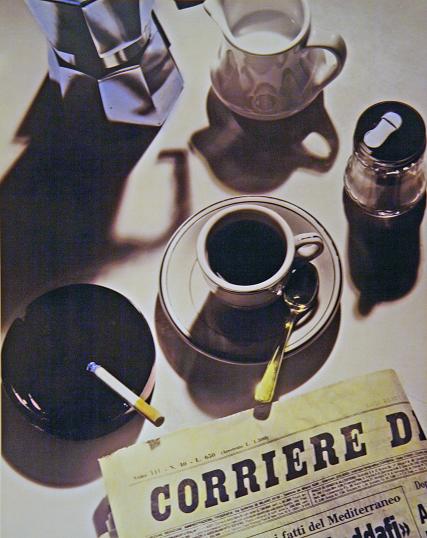



 A Study of Sexuality and Health among Older Adults in the United States
A Study of Sexuality and Health among Older Adults in the United States There is a scene in Sicko — Michael Moore's controversial new film about U.S. health care — that captures both the power and the limits of Moore's cinematic polemic.
There is a scene in Sicko — Michael Moore's controversial new film about U.S. health care — that captures both the power and the limits of Moore's cinematic polemic. Indeed. I have heard so many stories of the same kind from chat friends living in the United States. Each time, I feel sorry... and angry too, probably because I am a doc myself, and I live in Europe. It seems surreal to see such failure in the richest and more powerful country in the world, while the right to be treated has been a
Indeed. I have heard so many stories of the same kind from chat friends living in the United States. Each time, I feel sorry... and angry too, probably because I am a doc myself, and I live in Europe. It seems surreal to see such failure in the richest and more powerful country in the world, while the right to be treated has been a 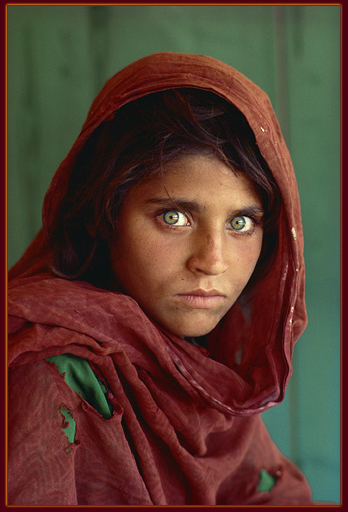

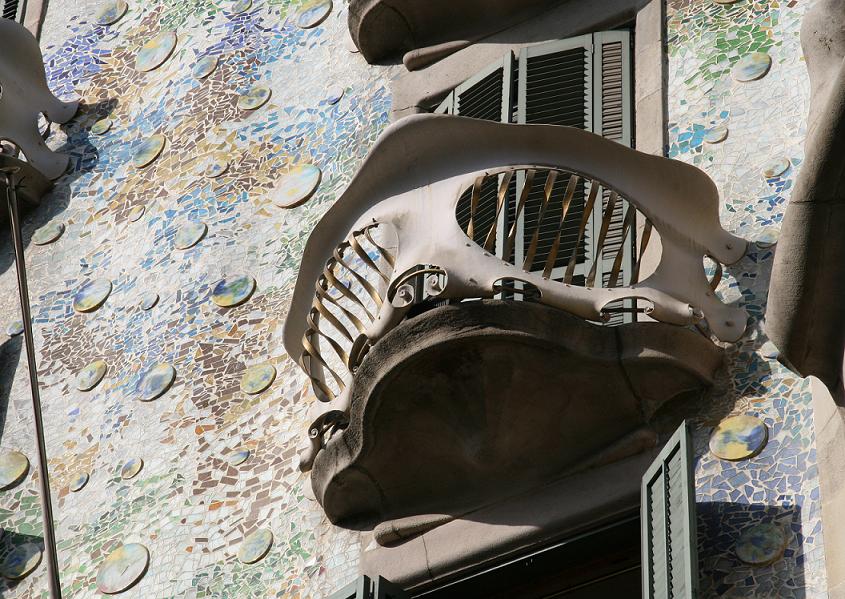
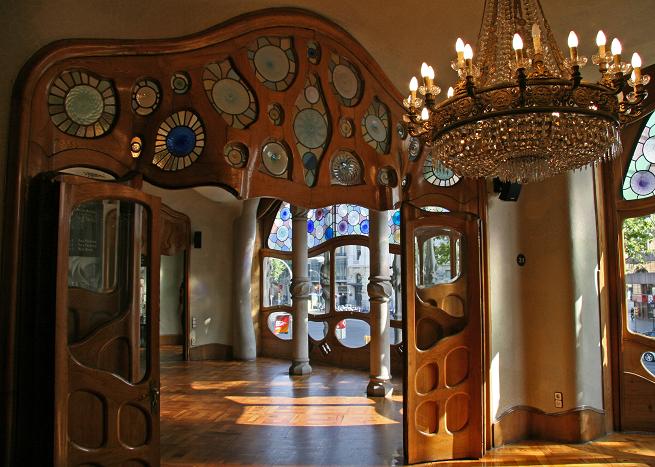

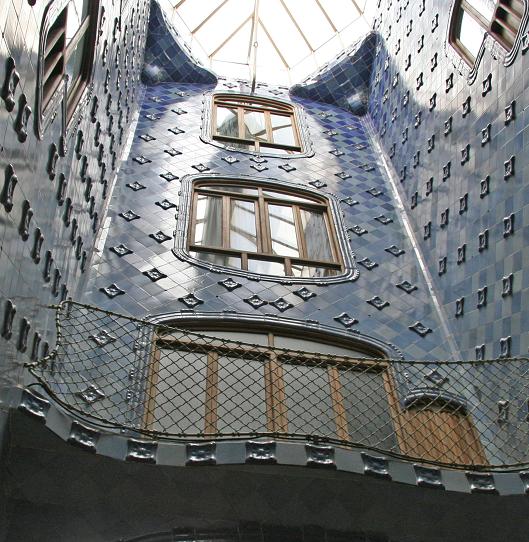


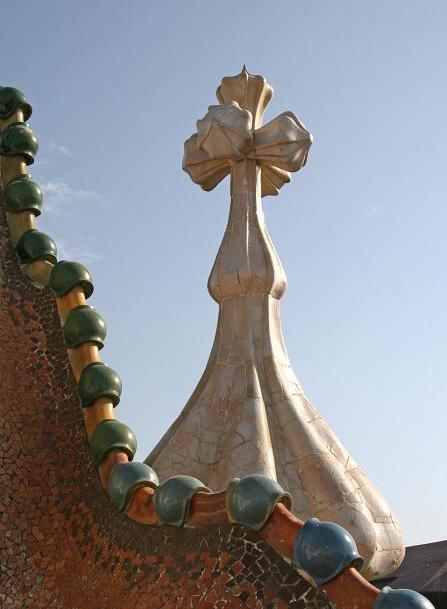
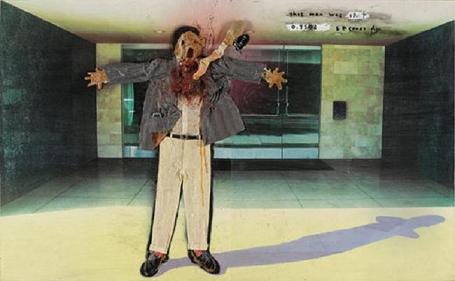
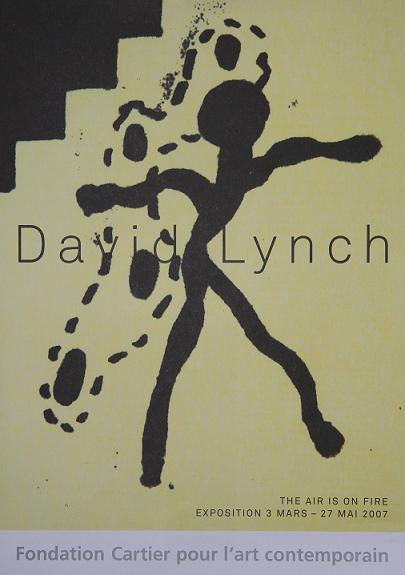 David Lynch is essentially known as a filmmaker (Elephant Man, Blue Velvet, Lost Highway, Mulholland Drive, Twin Peaks etc.) with unorthodox narrative and visual style. He is also a painter, a photographer, a video artist. The exhibition brought together the various forms of expression he has employed since 1960, installed in an environment he designed, complemented by a series of concerts and projections he created.
David Lynch is essentially known as a filmmaker (Elephant Man, Blue Velvet, Lost Highway, Mulholland Drive, Twin Peaks etc.) with unorthodox narrative and visual style. He is also a painter, a photographer, a video artist. The exhibition brought together the various forms of expression he has employed since 1960, installed in an environment he designed, complemented by a series of concerts and projections he created. 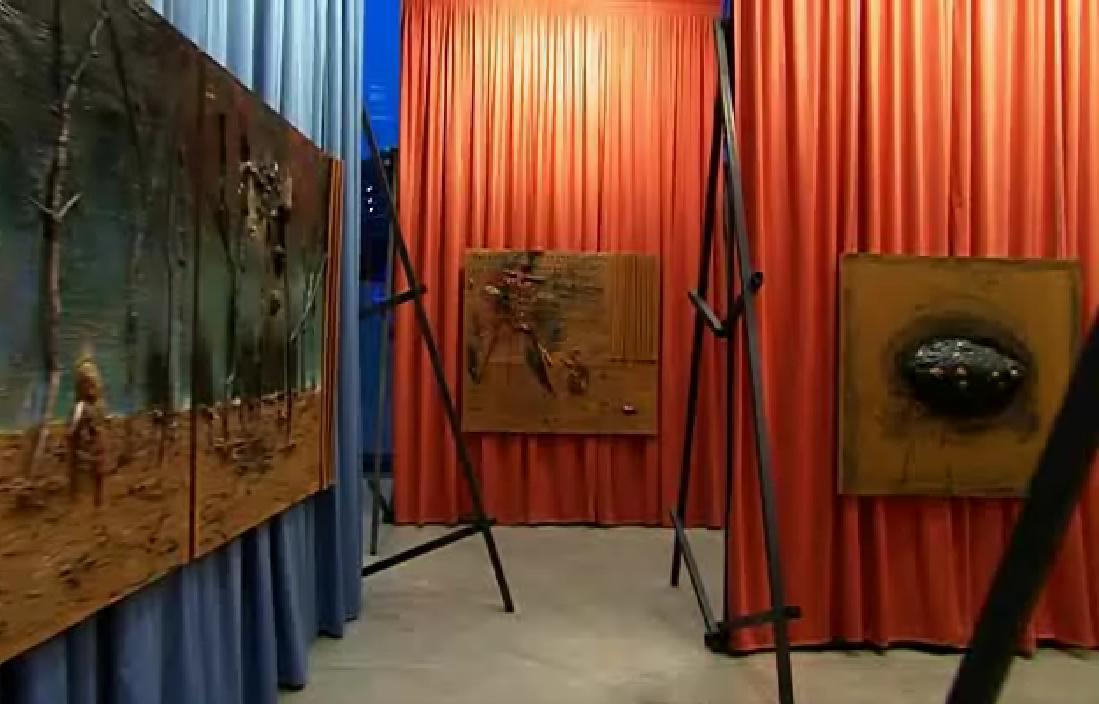 That said, I found the show as disturbing as Lynch's movies. It made me feel ill at ease on several occasions. Yet I was feeling all the time I was watching at a huge artistic event.
That said, I found the show as disturbing as Lynch's movies. It made me feel ill at ease on several occasions. Yet I was feeling all the time I was watching at a huge artistic event. 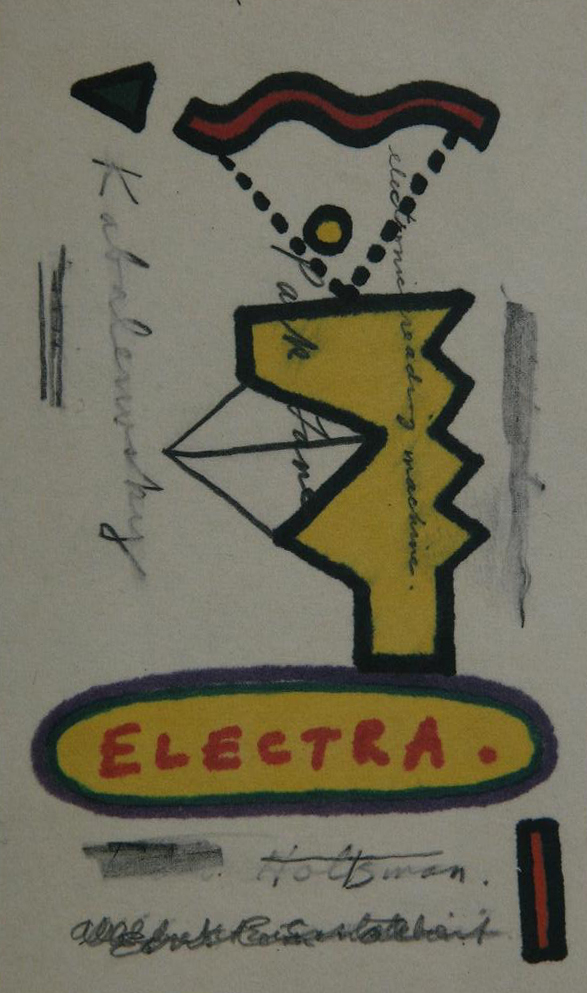 Several dozens of small pictorial pieces were presented in another room, without a title or a date. These were rough sketches and notes hastily put down on restaurant headed notepapers, paper handkerchiefs, matchboxes, visit cards, etc. These pieces are not decipherable in an objective way, yet they give away Lynch's obsessions and inside thoughts, as a journey deep into the inconscient of the artist.
Several dozens of small pictorial pieces were presented in another room, without a title or a date. These were rough sketches and notes hastily put down on restaurant headed notepapers, paper handkerchiefs, matchboxes, visit cards, etc. These pieces are not decipherable in an objective way, yet they give away Lynch's obsessions and inside thoughts, as a journey deep into the inconscient of the artist.  One hundred photographs or so were displayed, that looked like illustrations of his movies: femmes fatales, banal places with stifling atmosphere, and loneliness always. I loved several of them, probably I will write a specific blog about them some day.
One hundred photographs or so were displayed, that looked like illustrations of his movies: femmes fatales, banal places with stifling atmosphere, and loneliness always. I loved several of them, probably I will write a specific blog about them some day. 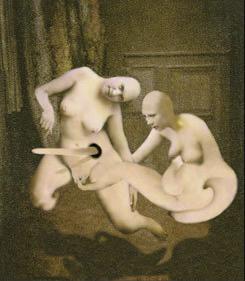 At the end of the exhibition, a series called Distorted Nudes was displayed: these are digital images Lynch made using old erotic photographs as initial material, that have obvious analogy with the work of the Surrealists. Here also, you could see Lynch's belief that reality is not univocal, that any "normality" probably hides a monstrous reality.
At the end of the exhibition, a series called Distorted Nudes was displayed: these are digital images Lynch made using old erotic photographs as initial material, that have obvious analogy with the work of the Surrealists. Here also, you could see Lynch's belief that reality is not univocal, that any "normality" probably hides a monstrous reality. 

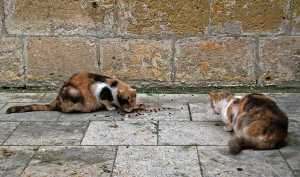
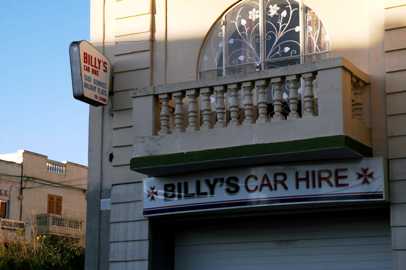

 My brother, who sells cosmetics on the international market, told me several times funny stories about warnings he must put on products his company markets in the USA, so as not to be sued.
My brother, who sells cosmetics on the international market, told me several times funny stories about warnings he must put on products his company markets in the USA, so as not to be sued.